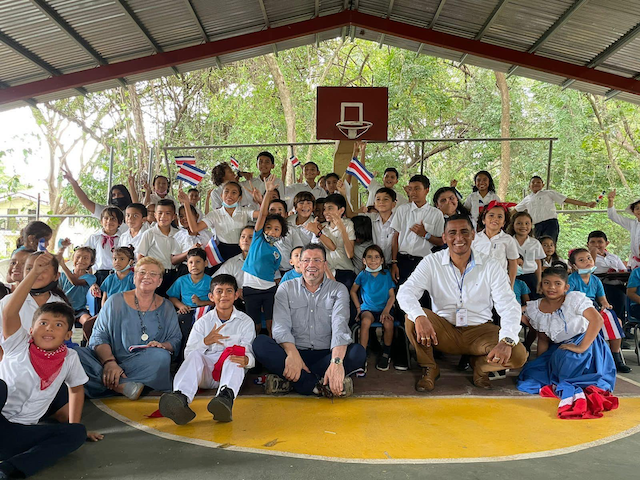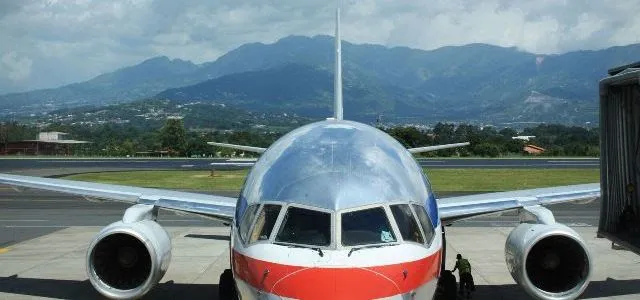WHY IS IT IMPORTANT TO WORK WITH AN EXPERIENCED REAL ESTATE AGENT AND LONG-STANDING REAL ESTATE COMPANY IN COSTA RICA?
Leave a Comment
Posted on August 5, 2022
by Herb DeMars
This is an excellent article written by the Broker for Tres Amigos – Michael Simons. Mike is a good friend and a terrific realtor. He has worked in this area for over 20 years is a great person to work with.





